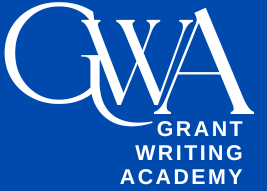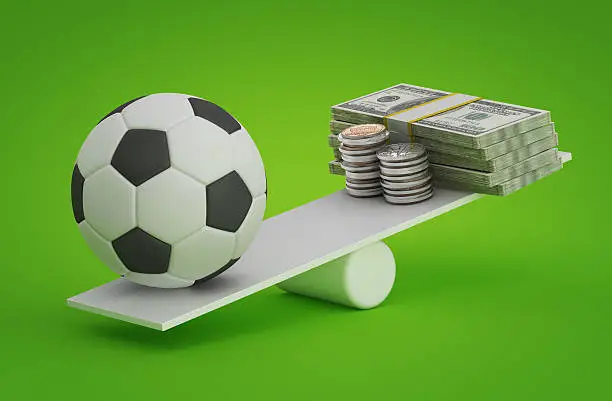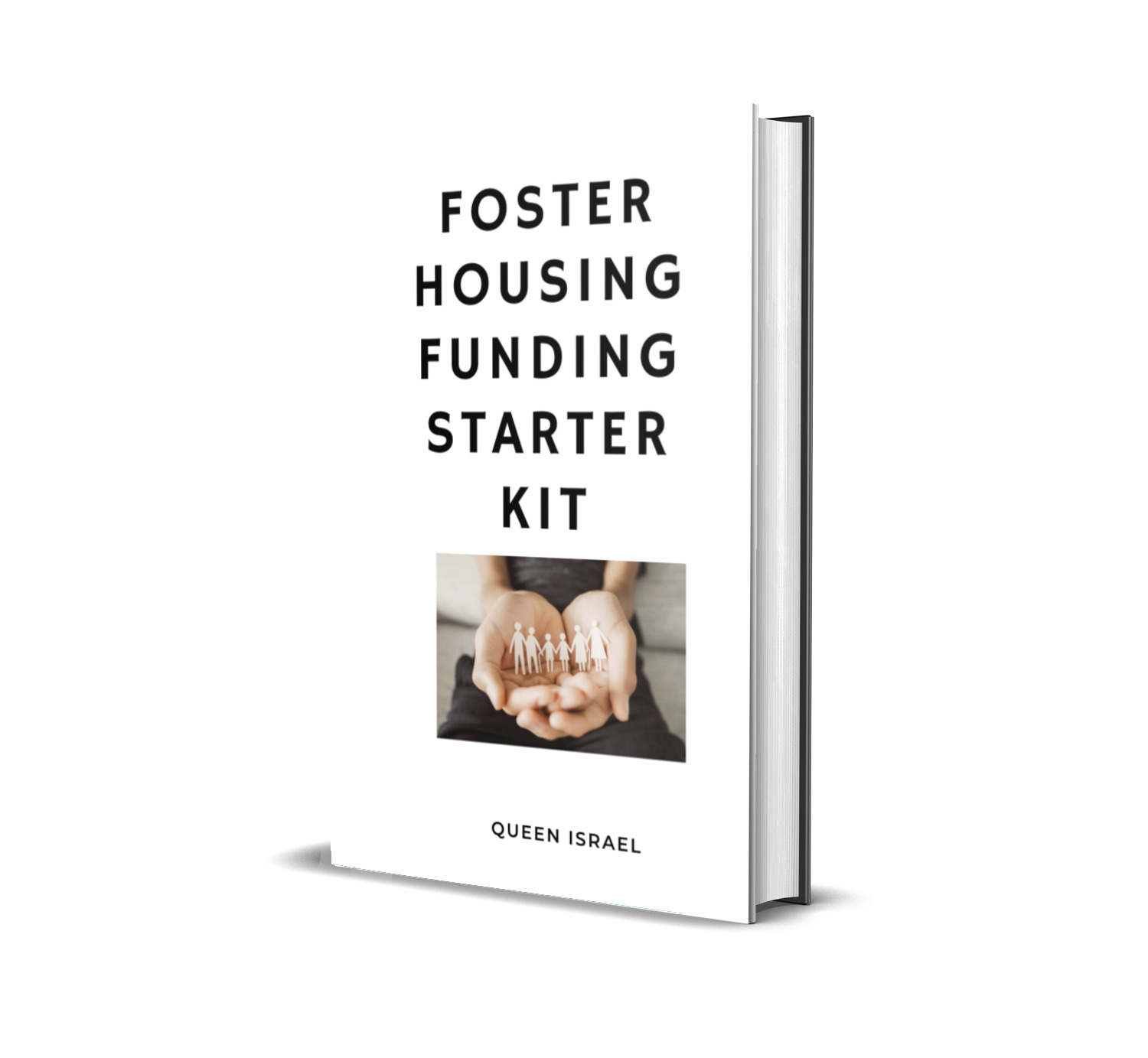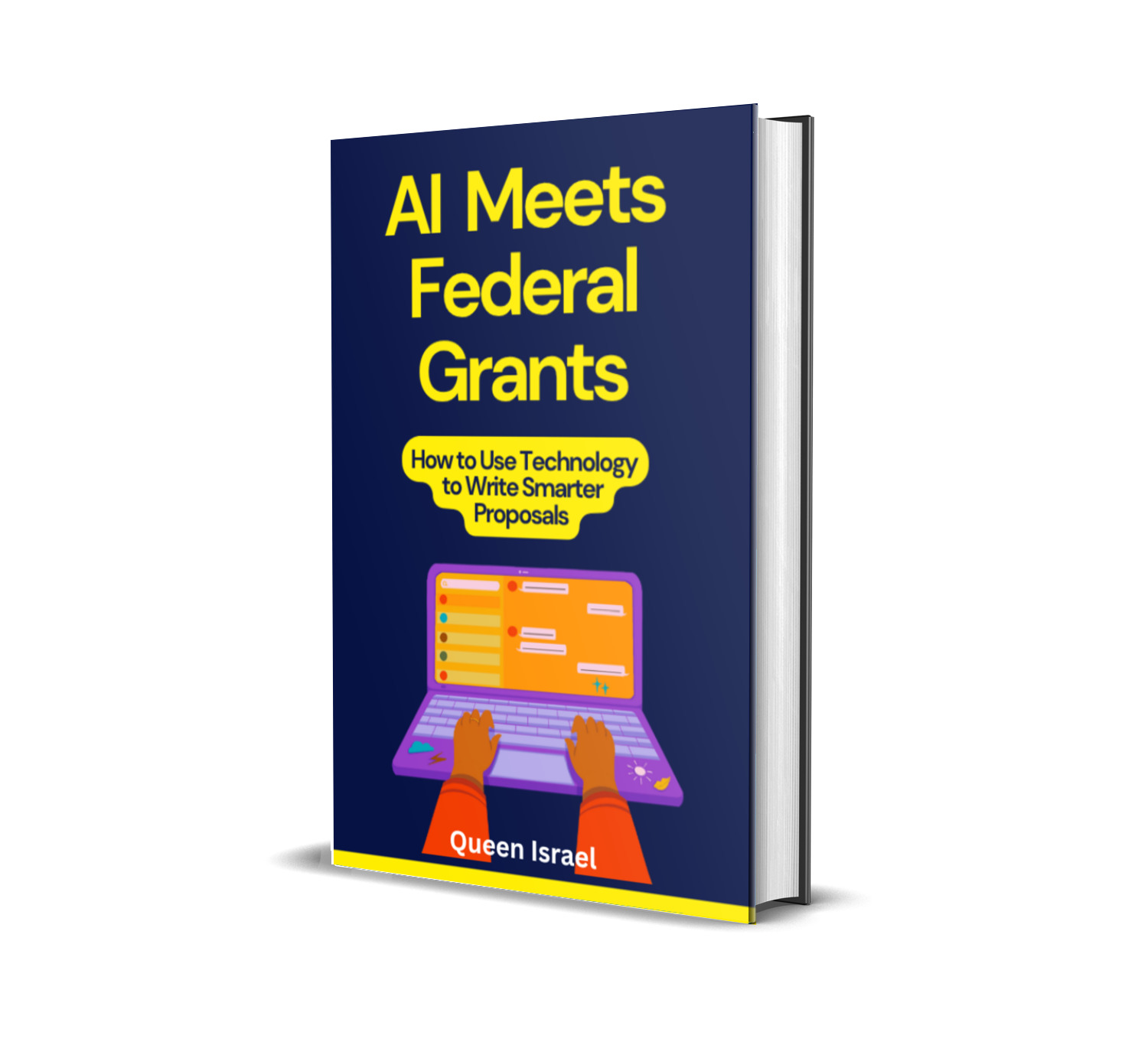Soccer Tournament Proposal for Funding – if you’re a passionate organizer looking to create a successful, community‑driven soccer event, this guide is for you.
In today’s competitive funding landscape, a winning proposal can be the difference between a canceled dream and a thriving tournament.
Imagine a vibrant community coming together to celebrate the sport we love – soccer. Every kick, goal, and cheer represents more than just a game; it’s a symbol of unity and community pride.
However, turning that vision into reality requires strategic planning and convincing funding proposals. In this article, we’ll explore every element necessary to craft a winning soccer tournament proposal that secures funding, making it simple enough for anyone to understand.
The Purpose and Importance of a Funding Proposal
Why a Proposal?
A well‑crafted funding proposal is more than just a request for money. It’s a document that articulates your vision, outlines your tournament’s objectives, and demonstrates how the funding will generate tangible results.
Common terms that drive home your message include community, engagement, sustainability, and impact. These words aren’t just buzzwords – they resonate with funding organizations that want to see measurable outcomes.
The Impact of Soccer on Communities
Soccer isn’t just a sport; it’s a global phenomenon that brings people together. According to the FIFA website, over 265 million people play soccer worldwide, and major tournaments can boost local economies by millions of dollars.
A soccer tournament can promote physical activity, provide youth development opportunities, and even enhance local business through increased tourism and advertising revenue. For instance, studies from the Harvard Kennedy School have shown that well‑organized sporting events can create up to a 20% increase in community engagement and economic benefits.
Key Elements of a Winning Soccer Tournament Proposal
1. A Compelling Executive Summary
Your executive summary is the hook that draws readers in. Start with the full title, “Soccer Tournament Proposal for Funding,” and provide a snapshot of your tournament’s vision. Explain the purpose, highlight the key benefits, and include essential data. For example:
“Our tournament aims to engage over 500 local participants, create a sustainable model for community sports, and generate an estimated $150,000 in local revenue. With strong community support and a robust marketing plan, we’re confident this event will set new benchmarks in local sports funding.”
2. Project Description and Objectives
Clearly describe your tournament. Explain what makes your event unique by using simple, clear language that everyone can understand. Outline your objectives – from promoting local talent to fostering community relationships and enhancing physical health. Make sure to include:
- Event Overview: Date, venue, and number of teams.
- Objectives: Increasing youth engagement, promoting fitness, and providing a platform for local businesses.
- Outcomes: Improved community health and boosted local economic activity.
3. Detailed Budget and Financial Projections
Funding agencies love numbers. Include a detailed budget breakdown that covers all costs – from venue rental and equipment to marketing and staff. Use tables, graphs, and infographics to present your data in an accessible way. For example, use a pie chart to show the distribution of funds, ensuring that your language is transparent and accountable.
Example Data:
- Venue Rental: $25,000
- Equipment & Supplies: $15,000
- Marketing & Advertising: $10,000
- Staffing & Security: $20,000
- Miscellaneous: $5,000
Total Budget: $75,000
Use a tool like Microsoft Excel or online budgeting software, and refer to industry data from sources such as FIFA’s economic reports and GrantStation.
4. Marketing and Sponsorship Strategies
A soccer tournament is not just about the game; it’s about building a brand. Highlight your marketing strategy by discussing how you’ll use social media, local advertising, and community partnerships to promote the event. Emphasize brand partnerships and include testimonials or case studies from similar past events.
Digital Marketing Tactics:
- Social Media Campaigns: Engage local communities on platforms like Facebook, Instagram, and Twitter.
- Email Marketing: Use newsletters to keep potential sponsors updated.
- Local Media: Press releases and community bulletins to generate buzz.
Sponsorship:
Detail different sponsorship packages using common terms like exclusive, premium, and value-driven. Explain the benefits sponsors will receive, such as logo placement on jerseys, banners at the venue, and mentions in all promotional materials.
“Our sponsorship packages start from $2,500 for local businesses and go up to $10,000 for title sponsors. By partnering with us, sponsors can expect a 15-20% return on investment through increased brand exposure and community goodwill.”
5. Implementation Timeline
Create a clear timeline outlining key milestones – from initial planning and promotion to event day logistics and post-event follow-up. Use a Gantt chart or similar visual tool to make the timeline easy to follow. Break down the timeline into phases:
- Planning Phase: 3 months before the event.
- Marketing Phase: 2 months before the event.
- Execution Phase: Event day and immediate post-event.
- Evaluation Phase: 1 month after the event.
6. Evaluation and Monitoring
Funders want to see how you’ll measure success. Outline the evaluation methods you’ll use, such as surveys, social media analytics, and financial reporting. Discuss how these metrics will help you adjust and improve future tournaments.
Key Performance Indicators (KPIs):
- Participant Satisfaction: Target >85% positive feedback.
- Sponsorship ROI: Track increased brand engagement.
- Economic Impact: Estimate local business revenue boost by 10%.
Use tools like Google Analytics for digital tracking and dedicated survey platforms for participant feedback.
Crafting a Persuasive Narrative
A soccer tournament is an event filled with passion, energy, and potential. Use storytelling to connect with your reader’s emotions. Share real stories of how past tournaments have transformed communities. For example, include a short narrative about a local youth team that improved their skills and teamwork through participation in a previous event. Emphasize how the funding will help more young people achieve similar success.
“When local talent from underprivileged areas got the chance to shine on the field, the transformation was palpable – not only did their skills improve, but their confidence soared, creating a ripple effect of positive change across the community.”
This narrative should be woven throughout your proposal, providing a human face to the numbers and data. It makes the proposal relatable and memorable.
A Step-by-Step Process to Create Your Proposal
Step 1: Research and Planning
Before drafting your proposal, conduct thorough research. Understand your local market, identify potential sponsors, and gather data from previous events. Create a detailed plan that outlines:
- The vision and mission of your tournament.
- Specific goals and objectives.
- Relevant statistics and past success stories.
Step 2: Drafting the Proposal
Begin with a strong executive summary that captures the essence of your tournament. Then, use clear headings for each section – Project Description, Budget, Marketing Strategy, Timeline, and Evaluation. Write in a friendly tone and avoid overly technical language to ensure that even those without extensive background knowledge can understand.
Step 3: Designing the Proposal
The visual layout of your proposal is as important as the content. Use a simple, professional template that incorporates your organization’s branding. Incorporate visual elements such as:
- Infographics: Visual representations of your budget and timeline.
- Charts and Graphs: Easily digestible data on projected attendance and revenue.
- High-quality Images: Photos from previous events to create an emotional connection.
Step 4: Review and Refine
Review your proposal carefully to ensure clarity and accuracy. Have colleagues or mentors provide feedback. Fine‑tune the language to ensure it is persuasive and engaging. Tools like Grammarly or Hemingway Editor can help make your writing crisp and error-free.
Step 5: Finalizing and Distributing
Once you’re satisfied with the content and design, finalize your proposal. Create both digital and printed versions. Distribute the digital version via email and your website, and ensure printed copies are available for in‑person meetings with potential sponsors and grant agencies.
Subscribe to Grant Writing Academy Newsletter
If you found this guide helpful, you’re not alone. Thousands of organizers have transformed their ideas into reality by using our detailed proposals as a starting point. For more advanced tips, case studies, and templates, subscribe to the Grant Writing Academy Newsletter. You’ll receive exclusive access to:
- Proven strategies for creating winning proposals.
- Customizable templates for different types of funding requests.
- Tools to manage your budget, timeline, and ROI analysis.
- Regular updates on the latest trends in grant writing and sponsorship.
Subscribe here and start your journey to funding success!
Leveraging Data and Sources
Throughout this proposal, we’ve embedded key data points to bolster your case. For instance:
- FIFA reports indicate over 265 million soccer players worldwide.
- Economic impact studies suggest that successful sports tournaments can boost local revenue by 10-20%.
- Recent data from GrantStation and FIFA’s economic reports have been used to support our budget projections.
Using these sources not only adds credibility to your proposal but also provides a robust foundation for your financial projections.
Conclusion: Turning Vision into Reality
The journey from concept to a fully funded soccer tournament might seem daunting, but with the right proposal, it is entirely achievable. By crafting a clear, engaging, and data‑rich proposal, you invite potential funders to share in your vision of community empowerment through sport.
Remember, a winning proposal is not just about the money – it’s about creating lasting impact, building community spirit, and providing opportunities for youth and adults alike. With the detailed steps, actionable tips, and exclusive resources outlined in this guide, you’re well‑on your way to making your soccer tournament a reality.
So, gather your data, refine your narrative, and prepare to pitch your soccer tournament proposal with confidence.
And don’t forget: subscribe to the Grant Writing Academy Newsletter for more expert tips, strategies, and tools to help you succeed.






